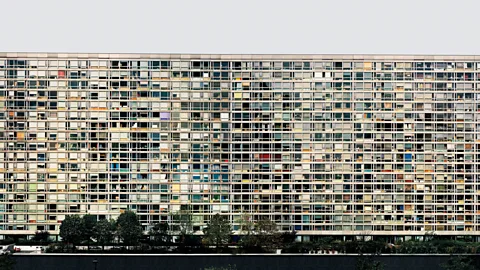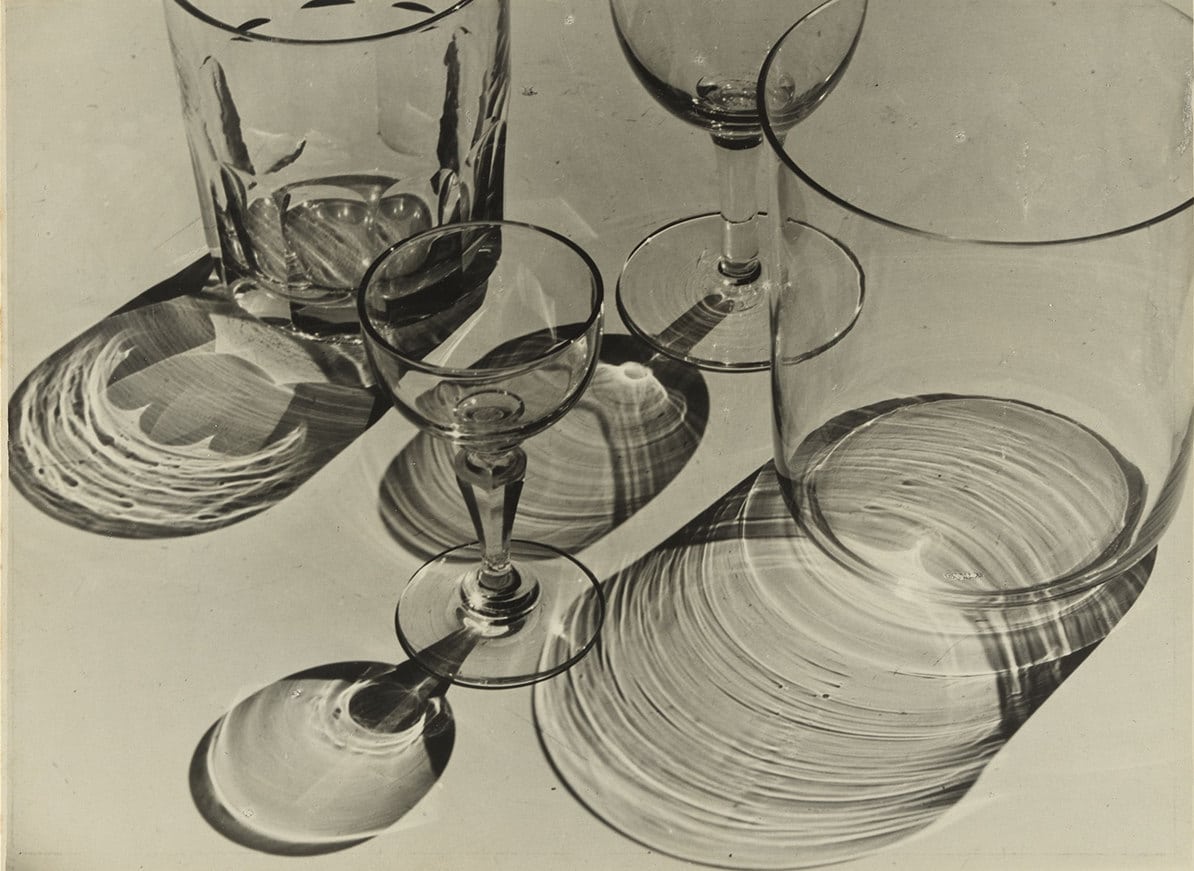Analyze an Artist
Artist: Robert Doisneau
Robert Doisneau is a prominent figure in street photography, known for capturing the essence of everyday life in Paris. His work combines humor and humanity, showcasing the beauty of spontaneous moments.
Doisneau is primarily known for his street photography, which is characterized by candid moments and genuine emotions. His iconic photograph, “The Kiss by the Hôtel de Ville,” exemplifies this style, which shows a couple in an intimate moment of city life. He often emphasizes humanism in his work, depicting the charm of everyday interactions.
Doisneau’s work aligns with other humanist photographers like Henri Cartier-Bresson and Brassaï. While Cartier-Bresson focused on “decisive moments,” Doisneau often emphasized the whimsical aspects of life. His photography reflects the social changes in post-war France when artists sought to record reality and find beauty in hardship. His work draws from various art forms, such as film and theater, to create a narrative similar to film narratives. This influence allows him to capture moments that evoke emotion and depth.
I admire Doisneau’s ability to find charm in everyday situations. His perspective encourages people to appreciate the little things in life. Doisneau’s belief that “the marvels of daily life are exciting; no movie director can arrange the unexpected that you find in the street” inspires me to approach photography with curiosity. His idea that “chance is the one thing you can’t buy” inspires me to be open to spontaneous encounters in my work.

Le Baiser de l’Opéra, 1950, Robert Doisneau
In this photo, Doisneau captures a couple kissing passionately on a bustling Parisian street. The photo is rendered in black and white, which enhances its timeless quality and allows the viewer to focus on the emotional expression of the subjects. The composition features soft mid-tones and rich contrast. The dynamic composition utilizes the rule of thirds to place the couple more centrally, drawing attention to their intimate moment while still incorporating the crowd around them, which adds context and depth to the scene.
The mood of this photo is warm and spontaneous. The immediate impact is profound; it captures a fleeting moment transcending time and culture, showing that love can thrive even in the chaos of everyday life. This photo inspired me to create something new, showing how powerful single moments can be if captured with care. If I were to give it an alternative title, I would call it “The Eternal Kiss,” which reflects both the intimacy of the kiss and the enduring nature of love.
Overall, this photo effectively communicates themes of love and connection through its composition, tones, and emotional resonance. These elements work together harmoniously to create a powerful narrative that invites the viewer into an intimate moment shared in public. This photograph inspires me by demonstrating how everyday life can be transformed into art through careful observation and timing.
My Vision:
Everyday Vibrance in the Hutongs
The concept I want to convey through my photographs is the vibrant and rich daily life of Chinese people. By capturing unexpected interactions and fleeting moments, I hope to reveal the beauty that exists amidst the hustle and bustle of the city. I hope that the viewer can feel a connection with the people in my photographs and evoke an emotional resonance and appreciation for humanity even in the most ordinary of settings. I will be looking for photographers who use capture gestures, framing, and other techniques to capture inspiration.
My Photos
Full Contact sheet


Yellow Photos

The yellow photos I selected capture the vibrant daily lives and relationships of Chinese urban communities. These photographs showcase the social aspects of everyday life. These photographs effectively convey the concept of beauty and humanity in ordinary moments, allowing the viewer to connect more deeply with the people photographed.
Green Photos

The green photos I chose capture the essence of my concept better than the yellow ones. These photos showcase the rich social connections, emotional resonance, and vitality of daily life in China’s urban environments. The vivid movements of people together demonstrate the humanity and poetry inherent in ordinary moments. These photos strike a balance between documenting the reality of urban life and giving meaning to these scenes, revealing the extraordinary in the ordinary and inviting the viewer to engage more deeply with the people photographed.
Red Photos

These red photos were chosen because they most effectively capture my concept of energy, human connection, and the everyday moments that bring the urban environment to life. The image of a young girl wearing a colorful patterned coat conveys a sense of energy and youthful vitality, which is representative of urban life. The image of a couple walking together hand in hand exudes a sense of intimacy and connection, which is central to the themes of interpersonal relationships and community in my concept. The image of elderly people playing cards and their gestures reflect the importance of leisure and camaraderie in Chinese life.
Areas that I want to improve on include trying new techniques of capturing the lives of Chinese communities, such as decisive moments.
Fully Evaluate One Red Photo

This lively photograph captures a moment of shared activity and community among the Chinese people. The focal point is the hands of the people involved in a game of cards, conveying a sense of camaraderie and the importance of leisure and socializing in everyday life. The rich, saturated colors of their clothing and the textured gold table create a visually arresting composition that draws the viewer’s attention to the subtle movements and interactions taking place. This photograph effectively embodies my concept of revealing the vitality inherent in the ordinary moments that make up Chinese urban life.



 (Ernst Haas, 1957)
(Ernst Haas, 1957) (Ernst Haas, 1957)
(Ernst Haas, 1957) (Ernst Haas, 1970)
(Ernst Haas, 1970) (Ernst Haas, 1957)
(Ernst Haas, 1957) (Ernst Haas, Nd)
(Ernst Haas, Nd) (Ernst Haas, 1952)
(Ernst Haas, 1952) (Ernst Haas, 1952)
(Ernst Haas, 1952) (Ernst Haas, 1952)
(Ernst Haas, 1952)





 (Saul Leiter, 1956)
(Saul Leiter, 1956) (Saul Leiter,1953)
(Saul Leiter,1953) (Saul Leiter, 1956)
(Saul Leiter, 1956) (Saul Leiter, Nd)
(Saul Leiter, Nd) (Saul Leiter, 1962)
(Saul Leiter, 1962) (Saul Leiter, 1954)
(Saul Leiter, 1954) (Saul Leiter, 1952)
(Saul Leiter, 1952) (Saul Leiter, 1957)
(Saul Leiter, 1957)
































Recent Comments